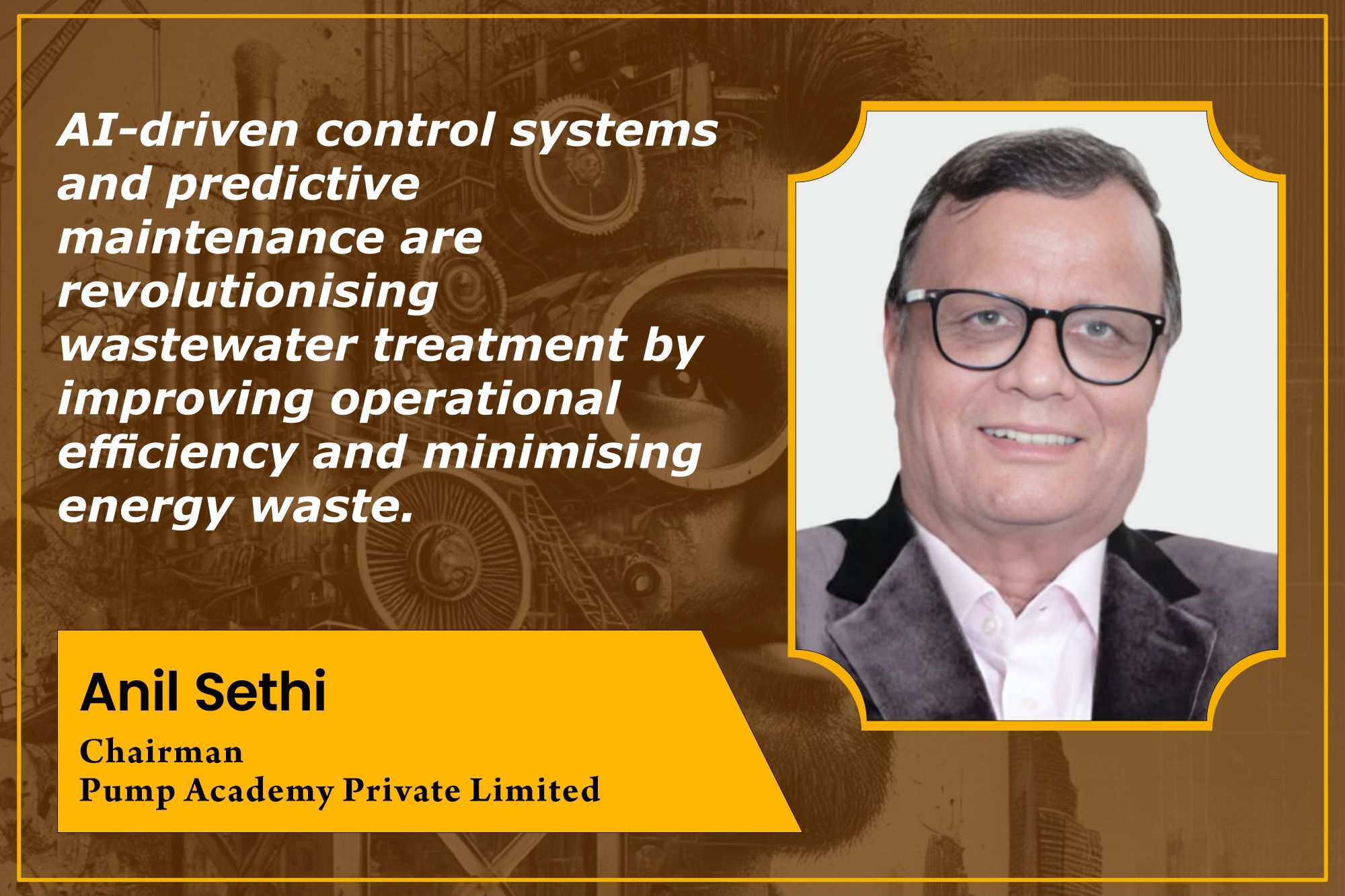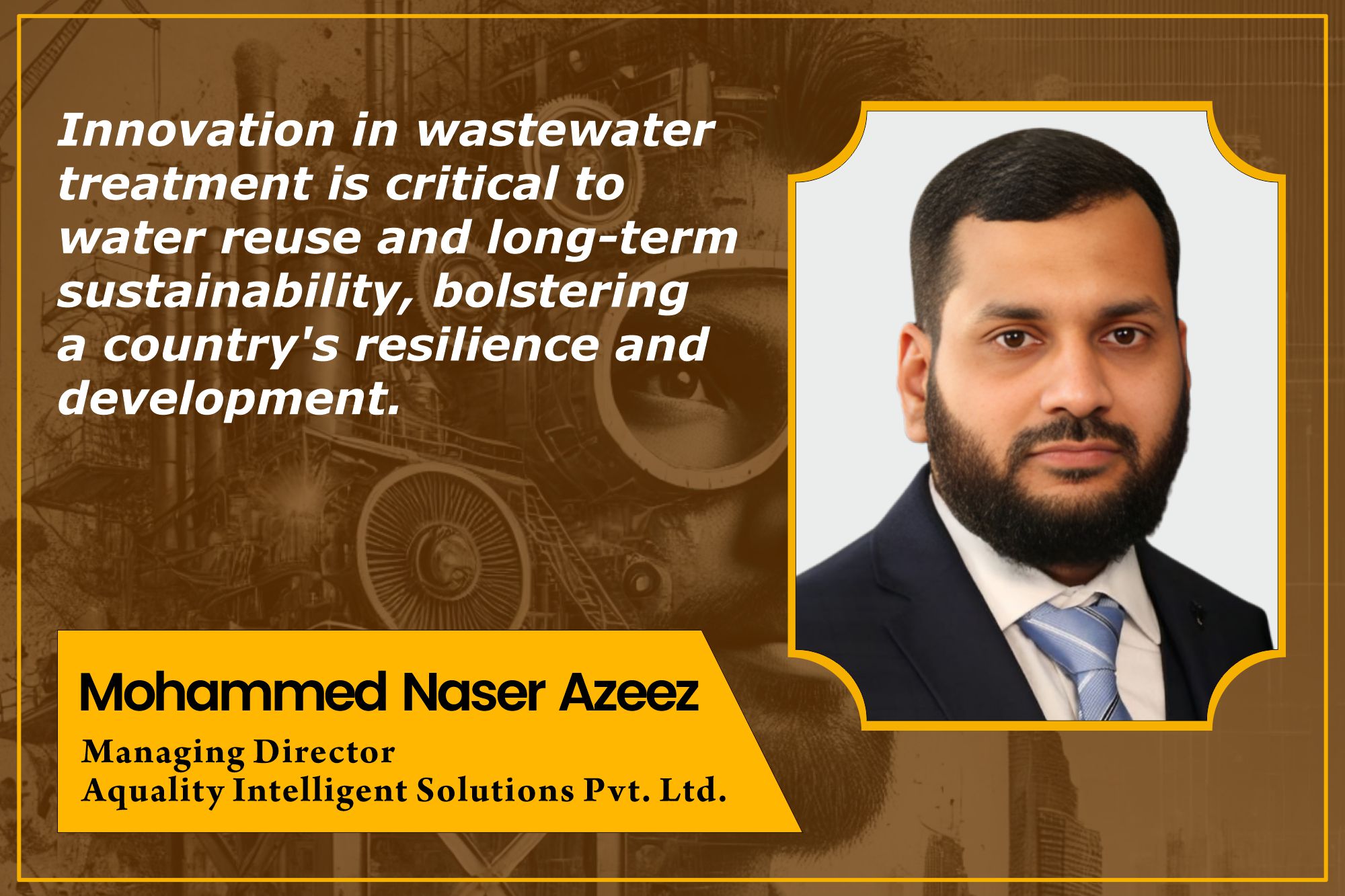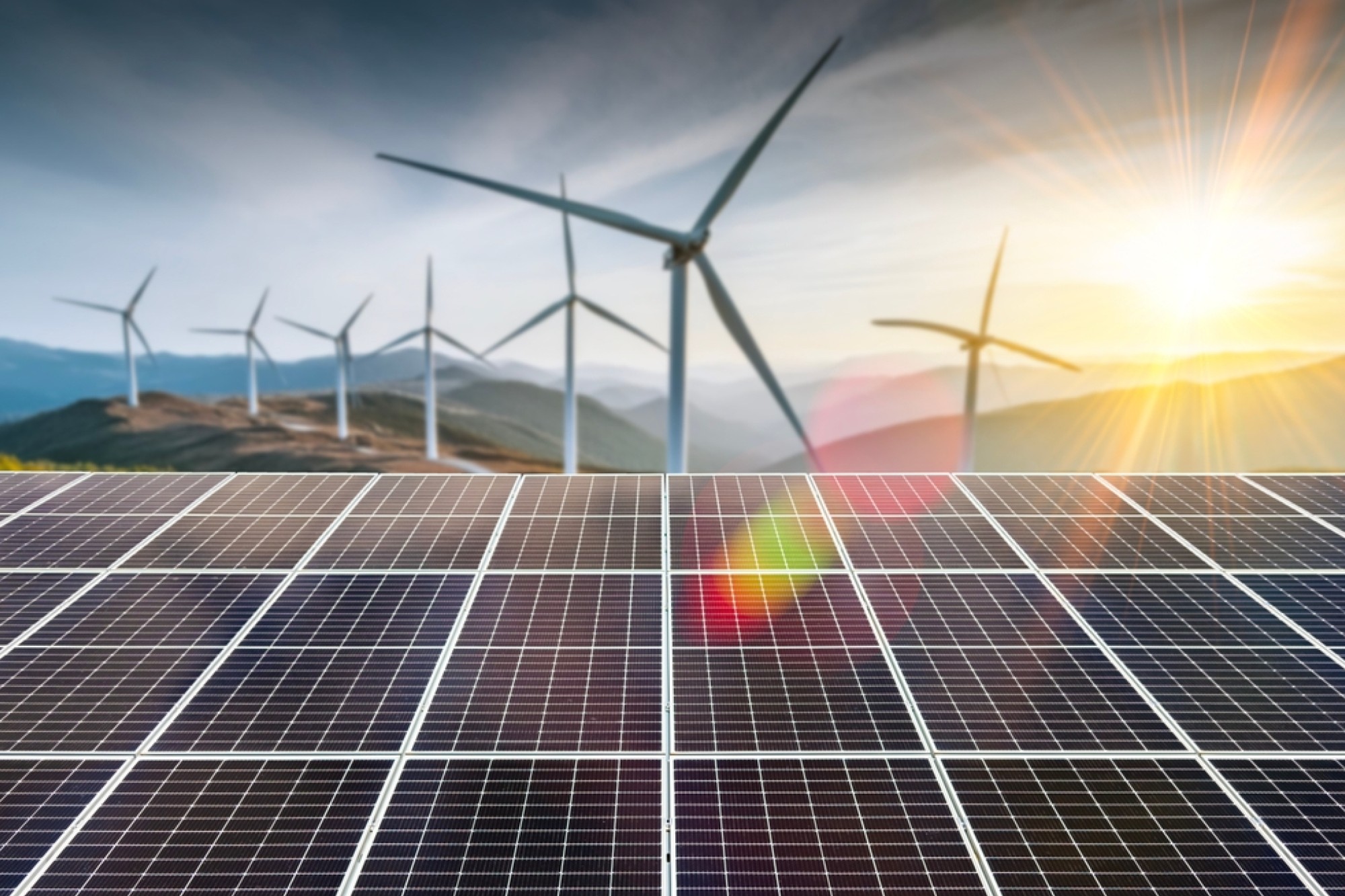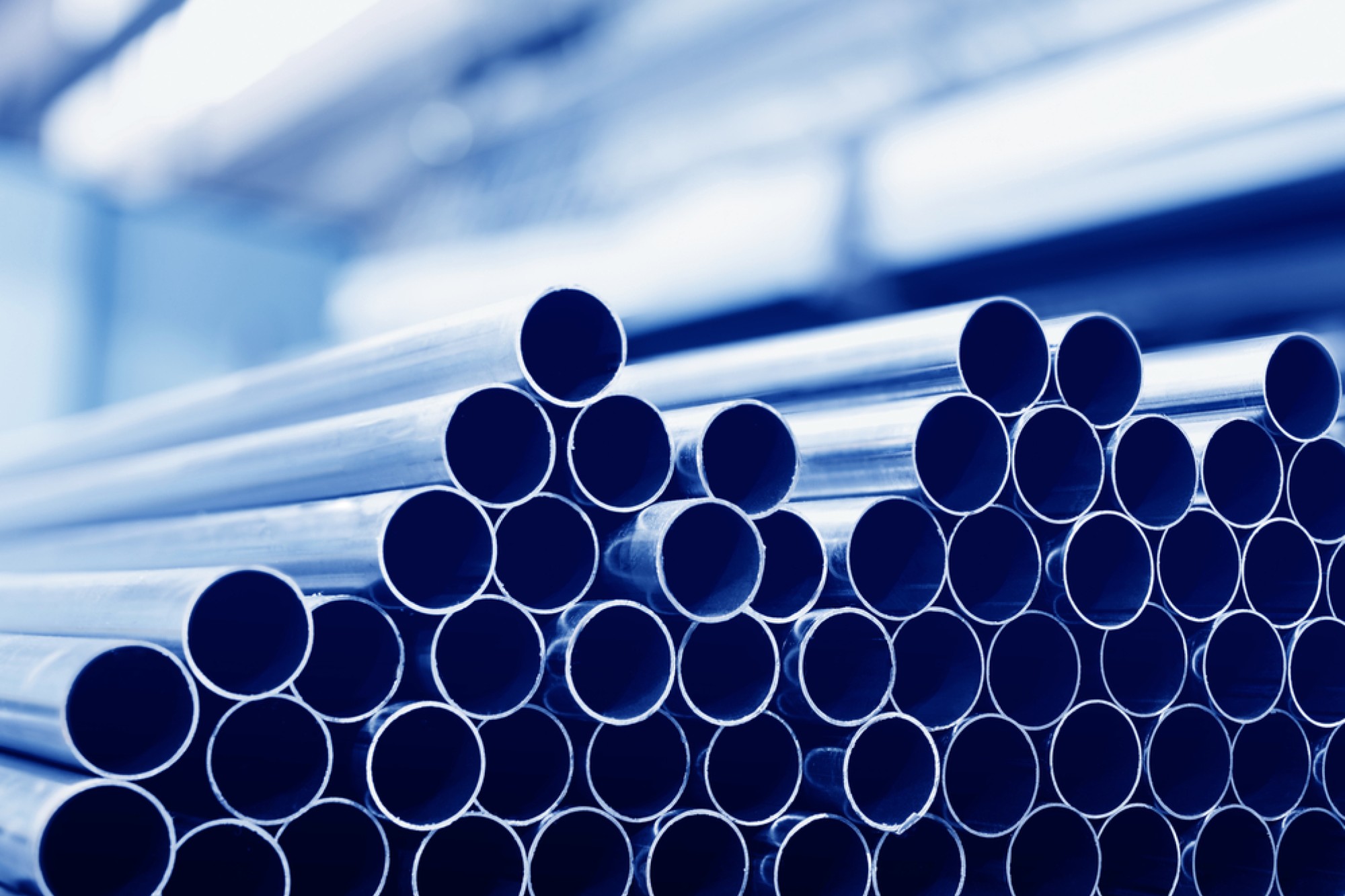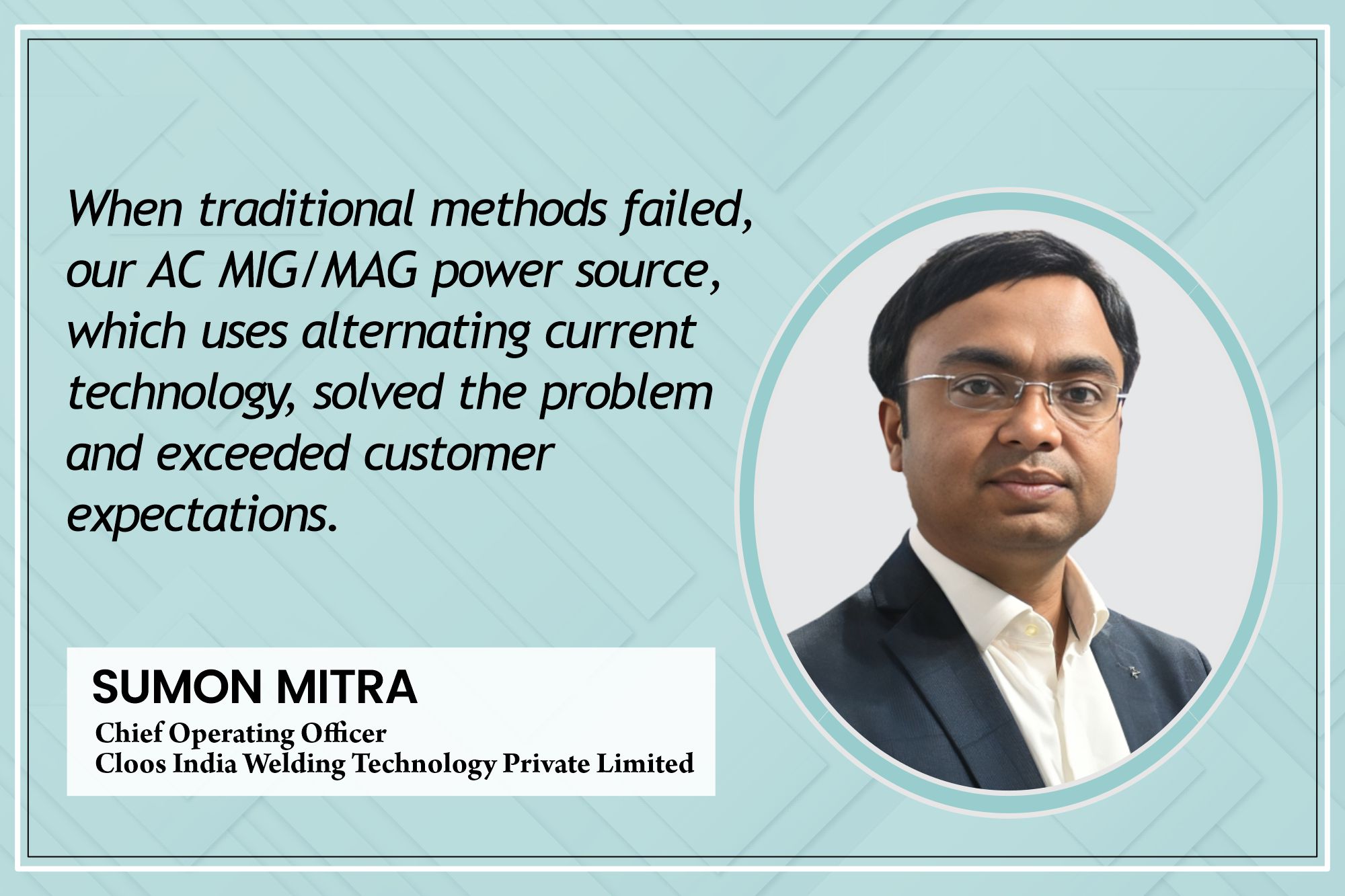Full technology adoption to make concrete construction cost effective
By Edit Team | February 23, 2019 7:43 am SHARE

Cutting-edge technology in the field of concrete and concrete construction is in the stage of full development and site trials. Full adoption will result in short term and long term cost-effectiveness. Similarly, the adoption of integral admixtures to inhibit corrosion on entire reinforcing steel surface can provide short-term and long-term cost-effective solutions, says Dr. Surendra K. Manjrekar, Conference Convenor of 3rd R N Raikar Memorial International Conference.
How has 2018 been for the concrete market?
Year 2018 was a year of mixed sentiments in the concrete market. Due to definite slowdown in the field of housing sector, the concrete demand was lower. In Indian real estate sector, either large projects or individual stand alone projects are the major consumers of concrete. In addition to this, slowdown in Greenfield industry also contributed to deceleration in the growth of concrete market. However, the positive side was the continued demand in infrastructure sector which is backed up by federal and state governments.
Talk about the technological upgradation in concrete industry.
In India, on large projects ‘technological upgradation’ and developments are implemented. However, industry at large has to travel much to reach a benchmark of basic and reasonable amount of technology adoption.
India is a cost-sensitive market. Do you think the cutting-edge technologies in the field of concrete and concrete construction will provide cost-effective solution without compromising on quality?
India is a cost-sensitive market for concrete, which is reflected either in initial cost or in the cost spread over the enhanced life cycle of a structure. Besides, concrete market all over the world is cost-sensitive. Essentially the cutting-edge technologies generally add to the cost in the initial phase of applicability. Only large-scale acceptance of these cutting-edge technologies will make them cost-effective.
How important is investment in R&D for concrete to meet new infrastructure needs?
Investment in R&D for concrete is imperative, be it for infrastructure or any other construction need. The world’s overall R&D efforts are centred around high-strength concrete, durable concrete and sustainable concrete. In terms of emission
of greenhouse gasses and carbon footprints, these works are happening in the laboratories and field works spearheaded by various universities as well as private organisations. In India, the R&D initiative is taken up by premier institutions, though the overall quality of work is yet to reach a path-breaking research. Having said that, it is encouraging that the academia at all age groups has identified the need to invest time and resources in R&D. Quite often, funding is done from government institutions as well as corporate sector.
India is a cost-sensitive market for concrete, which is reflected either in initial cost or in the cost spread over the enhanced life cycle of a structure.
Dr. Surendra K. Manjrekar,
Conference Convenor, 3rd R. N. Raikar Memorial International Conference
Cookie Consent
We use cookies to personalize your experience. By continuing to visit this website you agree to our Terms & Conditions, Privacy Policy and Cookie Policy.



